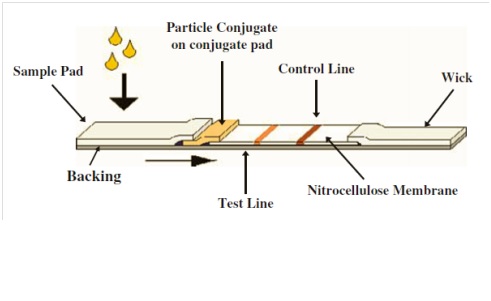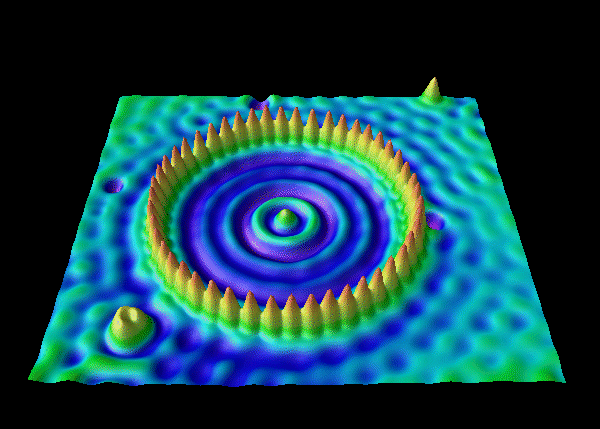Nanotechnology is the manipulation of matter on the
nanoscale, at which the laws of classical physics no longer apply. At that
level, we can see antibodies and water molecules and are even smaller than a
common cell. This technology has many uses ranging from medical application to
the development of new materials.
Nanoparticles in particular have come to dominate my
undergraduate career. When I first joined a research lab, I began synthesizing
polymeric nanoparticles that glowed due to a fluorescent tag which we used to
image cancer cells. Now, working with gold nanoparticles I am developing a
diagnostic assay to test for malaria. The gold nanoprobes act as a purple
colorimetric indicator to visualize test results. What surprised me when I
first joined the lab was that, this technology is employed in a generic
pregnancy test which is already ingrained in society.
Gold NanoShells
Gold is conventionally visualized as a vibrant yellow color
but at the nanoscale this all changes. Due to the oscillating electron cloud,
they often appear purple or red for my research as the quantum physics
dominates. Using a gold shell instead of a solid particle, gold can even be
manipulated to different colors depending on its thickness. This completely
changed the way I thought about gold and its actual coloring. My lab often uses
these different colored particles in order to visualize material and gain more
insight into the work we’re doing.
Visualizing material on a nanoscale can be done using
scanning tunneling microscopy. It is amazing to see that each atom can be manipulated
one by one and used to create words and beautiful structures. These microscopic
technologies have given us great insight into how materials are structured and
will continue to improve our understanding of how atoms operate.
Boysen, Earl. "Nanoparticle Applications and
Uses ." Understanding Nano. N.p., n.d. Web. 15 May 2015.
Chiu, Ricky Y.t., Erik Jue, Allison T. Yip, Andrew R. Berg,
Stephanie J. Wang, Alexandra R. Kivnick, Phuong T. Nguyen, and Daniel T. Kamei.
"Simultaneous Concentration and Detection of Biomarkers on Paper."
Lab on a Chip Lab Chip 14.16 (2014): 3021-028. Web. 14 May 2015.
"New Nanoparticles Make Blood Clots Visible."
NanoWiki. N.p., 7 Feb. 2011. Web. 14 May 2015.
Oldenburg, S. J., J. B.
Jackson, S. L. Westcott, and N. J. Halas. "Infrared Extinction Properties
of Gold Nanoshells." Applied
Physics Letters Appl. Phys. Lett. 75.19
(1999): 2897. Web. 14 May 2015.
"The Scanning Tunneling Microscope." Nobel Prize.
N.p., n.d. Web. 15 May 2015.



I think your research is particularly fascinating, using gold nanoparticles to develop a diagnostic assay to test for malaria (honestly kind of made me miss working in lab). I thought it was neat that you related a part of your science-based undergraduate research to this class. Scanning tunneling microscopy is also a wonderful new technology, allowing us to probe even further into the atomic level.
ReplyDelete